Ok. Let’s get the obvious out of the way first: driving on the left side of the road takes a bit of adjustment… and we spent a lot of time uttering the mantra “stay left, stay left, stay left”… but I rather liked it. It feels more natural than driving on the right side and I found it hard to adjust after coming back to North America.
The bigger challenge is other motorists, particularly in the medieval towns along the Ring of Kerry where the roads wind like snakes, the hedges and stone walls are taller than cars, and there’s only enough space for one small car. You immediately know which drivers are locals and who are tourists by the level of fear on their faces. At one point we saw one woman driving with what looked like a scream of terror on her face. There really is an element of fate/faith.
But in reality, you can’t drive fast in Ireland and there’s some sort of roadside pullout every 100m… so there’s no reason to fret. And, car rental agencies are very aggressive in recommending insurance when you drive in Éire. I agree with them. This was the one circumstance where full meal deal insurance didn’t feel like a rip-off. I think the second driving mantra on the trip became, “it’s a good thing we got the insurance.”
Some handy tips:
1. You need an IDP to drive in Ireland. You can pick these up at the CAA or AMA for $25.
2. It’s illegal to overtake vehicles on the inside left lane. It’s very tempting but illegal. I mention this because in NA we pass on the left — even on multi-lane highways. In the UK and Ireland, you pass on the right. Think of it as passing on the driver’s side.
3. The GPS offered by rental companies will get you lost every time… as my parents discovered. It’s because they don’t update their maps and the roads are so nebulous. Google Maps works like a dream and you can preload the maps, which is helpful for the next point. Maps navigation even makes a bell ringing noise when you are about to enter a roundabout… like you’re unlocking a new video game quest.
4. Don’t rely on GPS because in smaller towns there is no cell connectivity (or even bank machines). The best way to get instructions/directions is to talk to a local. In later posts, you’ll discover that we had some really interesting and unique adventures because we asked locals. They love to talk and if you can understand, the directions are better than GPS.
5. Tour bus drivers on the backroads are psychotic and insane. Leave early in the morning and you’ll avoid the caravans of buses from the big cities (and see sites before they become overrun by people).
6. The speed limit is 100km on most backcountry two-lane roads (120k for Motorways / 80k for smaller community roads). We figured these limits were more of a stretch goal than a fact… because there’s no way you could hit 50km on many of the hairpin curves. Trying to drive 100km in a lot of places is a death sentence.
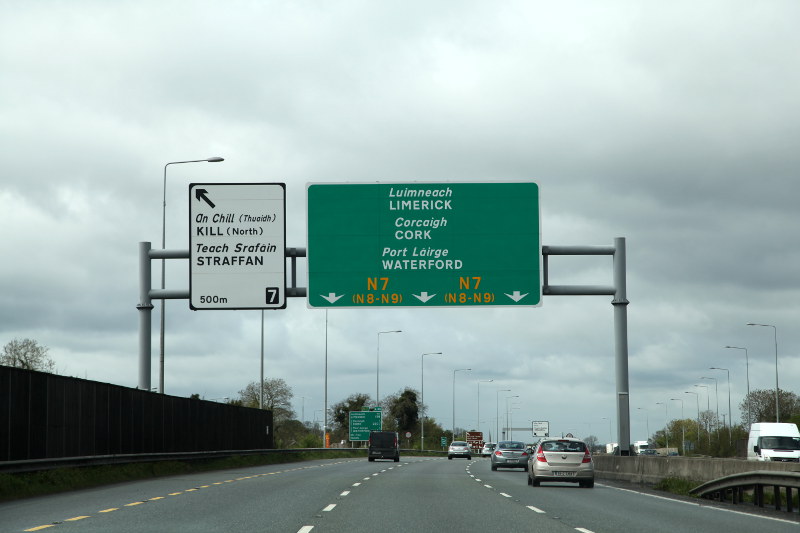
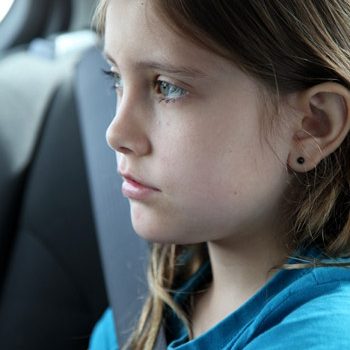
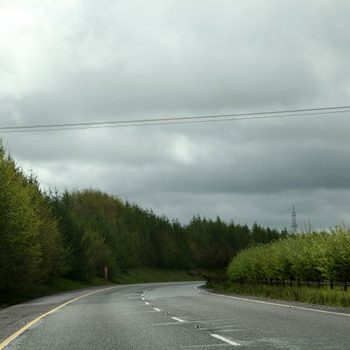
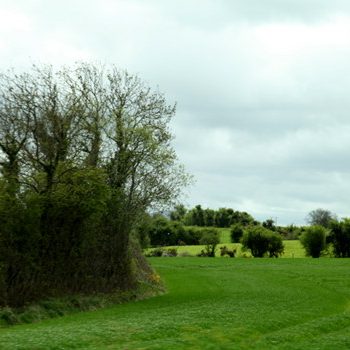
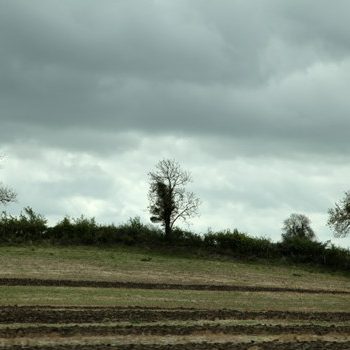
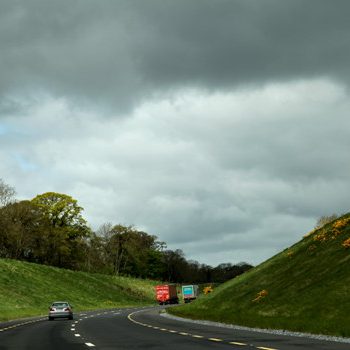
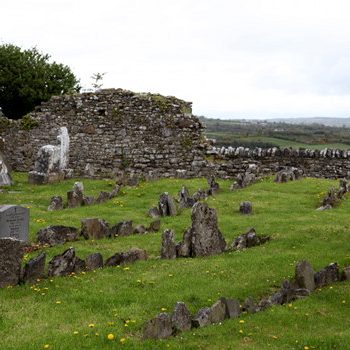
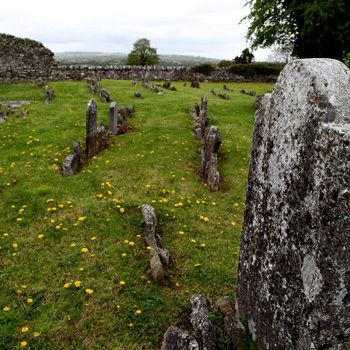
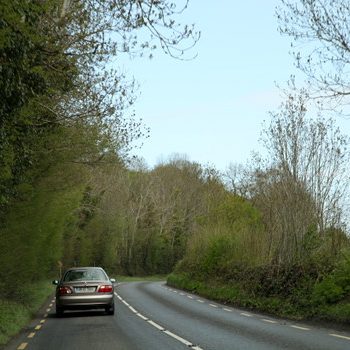
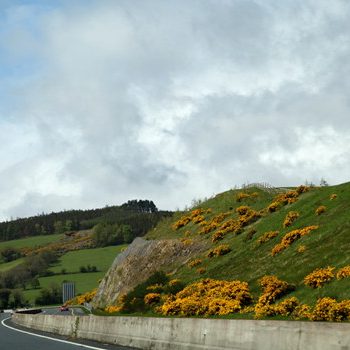
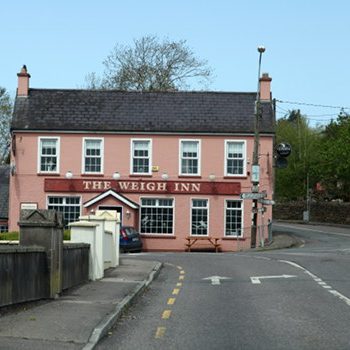
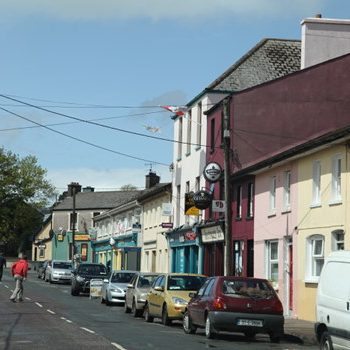
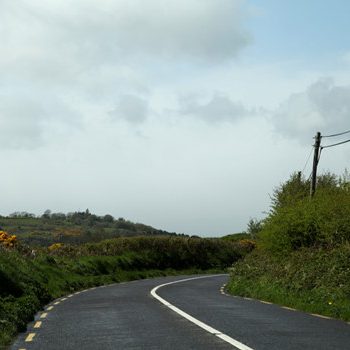
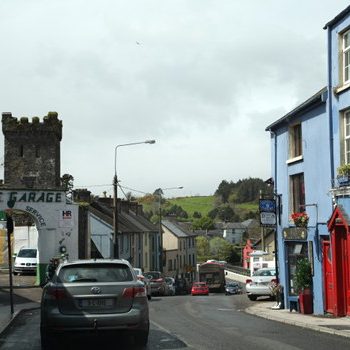
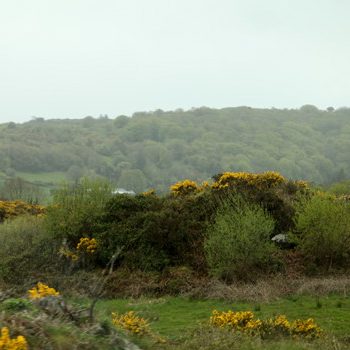
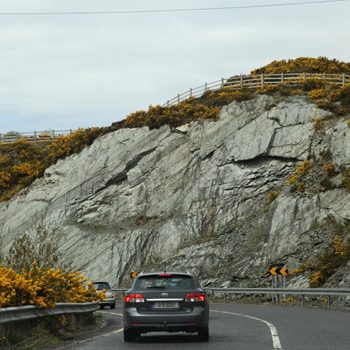
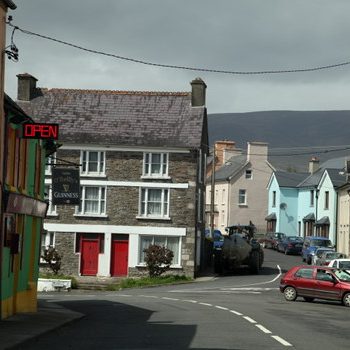
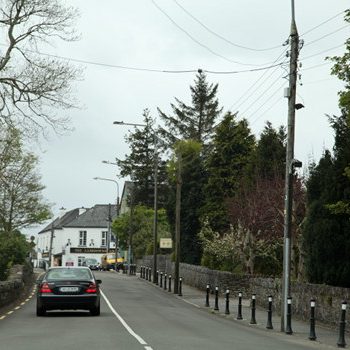
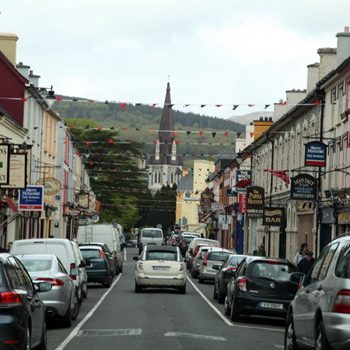
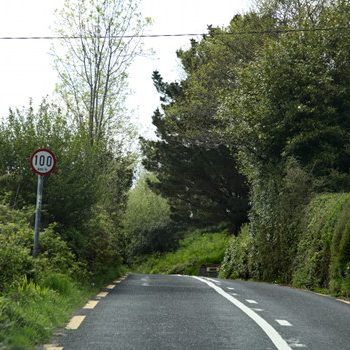
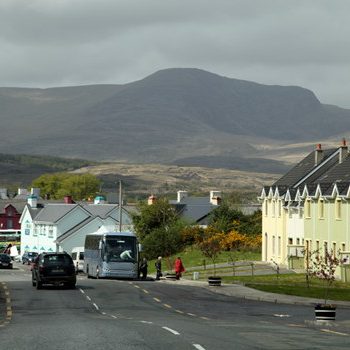
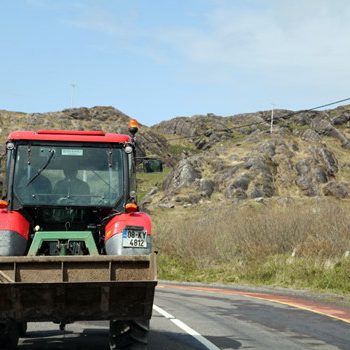
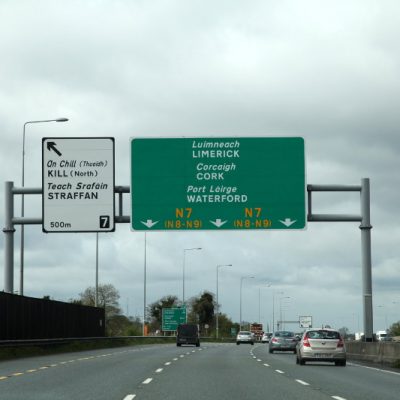
Driving on the left and roundabouts didn’t bother me. It was the narrow roads (originally designed for horse and buggy) and lack of parking that bugged me. Lost a hub cap in one town when I grazed the curb. In Tralee we had to drag our luggage about half a mile from the nearest parking to our hotel.